Two
Open my eyes to a new day, spreading my wings
Taking shots of the Crown ’cause I’m going through things
Everybody got they hands out looking for green
Coattails getting heavy ’cause I’m living my dream
“Beautiful Morning”
The Limitless Potential of Sugar Cane Plantations
the following was created for one performer, but the lines can be divided amongst a collective. i leave that up to the performers. it should feel like we’re in a class or a large public setting filled with playful banter and general hubbub.
Actor 1
Alright.
Settle down.
I’d like to welcome our guest lecturer for this afternoon Marcel Stewart.
Actor 2 (Marcel Stewart)
I don’t know where my story begins.
Sugar cane plantation?
Cotton fields?
Child of the Taíno people?
Descendent of African royalty?10
I suppose that’s why I find it hard to start anything.
I don’t know where to begin.
I don’t know where I begin . . .
My lineage can be traced back three generations, to Richmond Gap and Savanna-la-Mar.
Both are small suburbs in parishes in Jamaica.
“Jamaica, Jamaica, Jamaica, land we love.”11
Long before the colonizers arrived, Jamaica was home to a group of Indigenous people, called the Taíno. Most likely coming from South America thousands of years ago, the Taíno people were long-time caretakers of the land and stewards of a robust fishing economy.
Sound familiar? Our “home on native land”12 was also taken care of for centuries by Indigenous peoples, and like Jamaica, that all ended once the Europeans arrived and fucked everything up.
Christopher Columbus reached the island of Jamaica in 1494, followed not long after that by the Spanish. It didn’t take long for the Taíno people to start dying. The Spanish enslaved many Indigenous people; some escaped and fled to the highlands to form their own communities, but most died from the brutal conditions of slavery and diseases brought over by the Europeans.
You know, there’s an oddly similar connection that the Taíno people share with the Beothuk people. The Beothuk were a group of Indigenous people who lived on the island of Newfoundland who became all but extinct from the transfer of European diseases, such as influenza, measles, and smallpox.
Death.
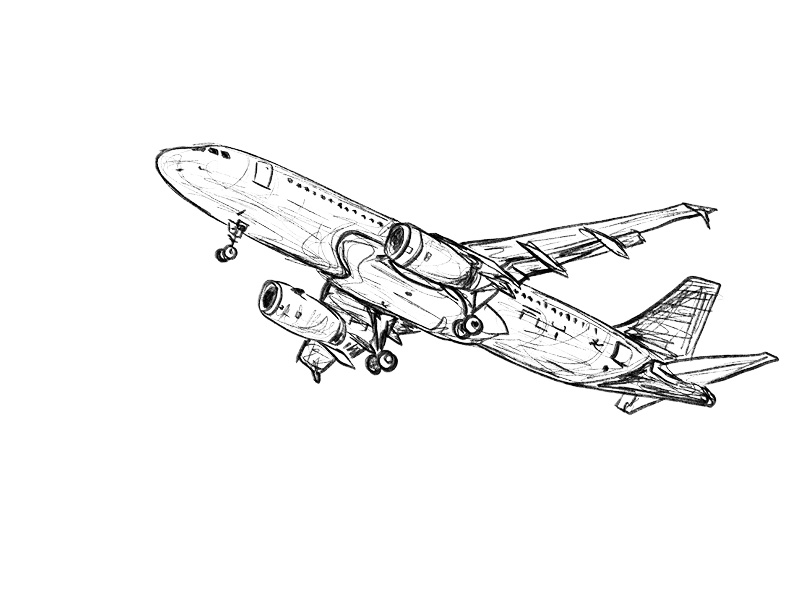
Destruction.
Extinction.
Extinction of life.
Extinction of culture.
Extinction of bloodlines.
Colonization 101.
What’s another aspect of colonization, you ask? Well, it never ends. There’s always something to be conquered . . .
Eventually, the British came through to Jamaica, conquered the Spanish, and developed a sugar cane plantation economy that lasted centuries.
Fast forward to the mid-1900s, the end of WWII, and a decimated United Kingdom.
What’s another aspect of colonization, you ask? Exploitation and unfulfilled promises.
Facing a massive labour shortage, the British government invited over half a million immigrants from Caribbean countries such as Jamaica, Trinidad and Tobago, and Barbados. Known as the Windrush generation,13 named after a ship that carried the first arrivals from the Caribbean in 1948. Invited to Britain, given citizenship. Thing is, many of the Windrush generation arrived as children on their parents’ passports. Although they have lived in Britain for many decades—paying taxes and insurance—they never formally became British citizens. As immigration rules tightened with the era of Brexit, it’s estimated that 50,000 long-term UK residents are now facing problems like deportation.
“Can she tell the House how many have been detained as prisoners in their own country? Can she tell the house how many have been denied health under the National Health Service? How many have denied pensions? How many have lost their job? This is a day of national shame.”14
My parents are part of the Windrush generation. They reached the UK in the mid-1960s. Bristol, a port city in the south end of England, was their home.
Bristol has a deep history with the slave trade economy, in fact at its peak it’s estimated that over 500,000 slaves moved through Bristol. Take that in. Five hundred thousand slaves through one port. That’s roughly the same amount of people as the entire Windrush generation.
What’s another aspect of colonization, you ask? Resistance. Resistance. Resistance.
While the American Civil Rights Movement was underway in Alabama, and the Indigenous Rights Movement was taking place in Saskatchewan, Alberta, and Ontario, the UK was in the midst of its own movement, sparked off by the Bristol Bus Boycott, which arose from the refusal of the Bristol Omnibus Company to employ Black or Asian bus crew in the city of Bristol. During the ’60s, Bristol experienced widespread racial discrimination in housing and employment. Four young West Indian men,15 unhappy with the lack of progress in fighting discrimination, formed a group and, inspired by the refusal of Rosa Parks to give up her seat on a bus in Alabama, the four activists decided on a bus boycott in Bristol. It lasted four months until the bus company backed down and overturned their racist segregation policy.
My parents came up through this time.
Systemic oppression.
Protests.
Riots.
Streets on fire.
Seeing their elders fight against the status quo, setting themselves free . . .
“The biggest problem in St. Pauls is the youngsters and the police aggression with the coloured youths around.”
“Police aggression?”
“Yes. They have pushed the boys too far.”16
In 1990, my parents chose to leave Bristol for Toronto, Canada.
A place with limitless potential.
It wasn’t America.
It wasn’t the UK.
It was different. Or so we thought . . .
- 10 “i” by Kendrick Lamar released in 2015 on To Pimp a Butterfly. Do yourself a favour and listen to the freestyle at the end of this track.
- 11 “Jamaica, Land We Love” is the national anthem of Jamaica, officially adopted in July 1962.
- 12 At the 2023 NBA All-Star Game, Jully Black performed the Canadian national anthem replacing “our home and native land” with “our home on native land.” As Queen Jully puts it, “I sang the truth.”
- 13 Check out Dr. Juanita Cox’s project, “Nationality, Identity and Belonging—An Oral History of the ‘Windrush Generation’ and their Relationship to the British State, 1948–2018.”
- 14 In 2018 Labour MP David Lammy lambasted British Prime Minister Theresa May and Home Secretary Amber Rudd in the UK House of Commons.
- 15 Roy Hackett, Owen Henry, Audley Evans, and Prince Brown.
- 16 The St. Pauls riot occurred in St. Pauls, Bristol, in 1980 when police raided the Black and White Café in the heart of the community. The riot happened against the background of increasing racial tension, poor housing, and alienation of Black youth.
Barry Stewart Pt. 2
Growing up and attending junior and secondary schools in Bristol, I was frequently faced with both subtle and blatant racism. Constantly having eyes on me when I was walking. Stares and whisperings from the white children often led to fights between Blacks and whites in the playground. After leaving school I enlisted in the British army where things got even worse. At times it seemed like the officers in charge took pleasure in verbally and physically abusing the Black soldiers. Once I even had to physically defend myself with a hot iron from a white soldier because he felt threatened by me.
One incident that sticks in my mind is when I was in England and my West Indian colleagues and I went to play cricket in Southampton, an area of England that didn’t have a lot of Blacks at the time.17 When we arrived at the ground, the young kids were surrounding the coach bus pointing at us as if we were monkeys or something of that nature. And that sticks in my mind as being—as if we were not normal. Know what I mean? Not being free to go where you want without being treated or seen as different.
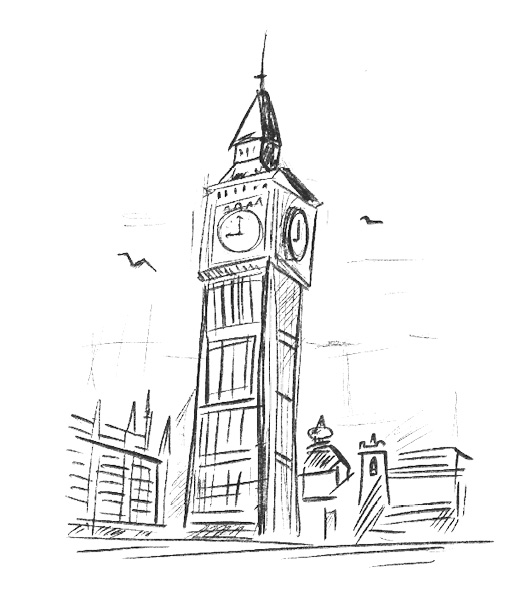
- 17 In case you were wondering, Southampton still doesn’t have a lot of Blacks.
Diana Myrie
My relationship with the word freedom represents a state of mind. Bob Marley’s lyrics captures this when he sang, “emancipate yourselves from mental slavery, none but ourselves can free our minds.” This means being able to fully live without limiting oneself. Being able to express myself how I truly want to and having the courage to pursue my dreams and goals. Not so long ago, I worked in the corporate world as a manager. And even though I was well-paid, I felt like a slave to the establishment. Not only did I not have control over my time, but I did not feel as though I had a voice even though my loyalty and work ethics were unquestionable. As fate would have it, I was presented with an opportunity to break free and pursue my passion of becoming a published author who now encourages people to overcome lack and step into abundance and guides them on how to achieve financial freedom. We can be slaves to our finances, as well as other things. Freedom, from a financial perspective, is tied to our destiny. As with money, comes a power to not only help oneself, but also to help others. My contribution is to inspire you to go after what makes you feel free.
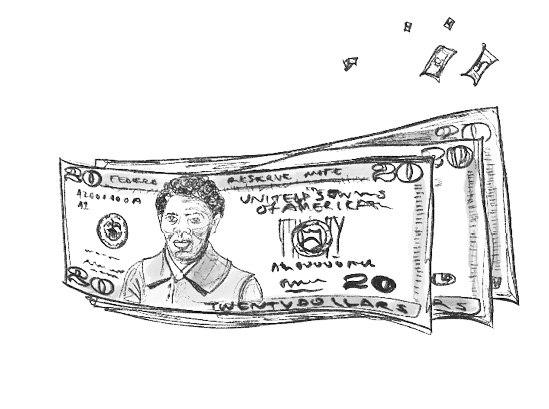
Vicki-Lynn Smith
I, Vicki-Lynn Smith, a fifth-generation freedom seeker; that means my great-great-grandfather came to St. Catharines on the Underground Railway seeking freedom. Emancipation Day marks when slaves of African descent were freed in most of the British Empire and is celebrated in many of the former colonies, but it’s mostly forgotten today. But remembering Emancipation Day does not mean we remember slavery as something in the past. It’s lasted for so long, and its legacy is still around today. It’s not just Emancipation Day that is ignored, but also anti-Black racism. My grandmother was a granddaughter of a freedom seeker, and she knew she had to fight racism and inequality. She fought hard against Black people being excluded from neighborhoods. She fought hard to get Harriet Tubman’s BME Church18 right here in St. Catharines recognized as a historical site. But even with her, the third generation, the effects of slavery did not end. I, the granddaughter of the granddaughter of a freedom seeker, see things have gone even backward in some ways. And we still have to fight just as hard as my grandmother did to get back what we gained. We each need to work together more than ever to put a spotlight on the inequality around us and to fight to end it. Emancipation is not something that just happened in the past. It’s only an early step in our fight for equality today.
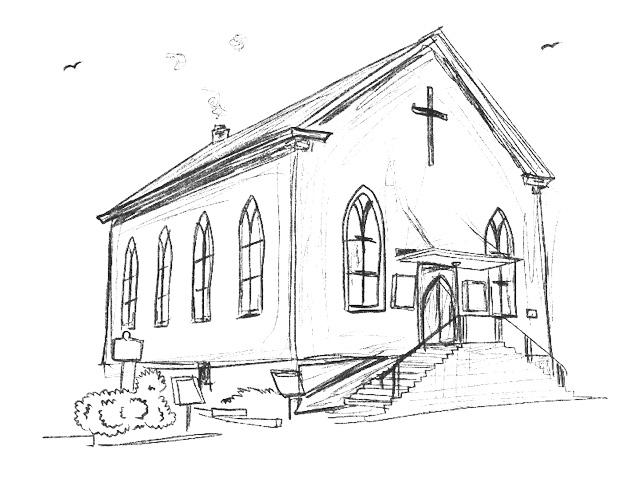
- 18 Next time you find yourself in St. Catharines head over to the British Methodist Episcopal Church and take a tour of the building and the basement. Really cool artifacts and memorabilia down there, including photos of the St. Catharines Orioles.
The Tides
183419
All that they’ve fought for
1834
We were still fighting for
186 years
What’re we still fighting for? It carries on, carries through
But I see the freedom in you
And the stories that flow through me
The laughter, the smiles, the karaoke
It carries on, carries me
sung:
No matter where I go
I will carry your looks
No matter what hows or whys
They’ve written into the books I’ll
carry your legacy
Because of you I’m free
No matter when I leave
I will sing your songs
No matter planes or goodbyes Your voice
will carry through the tides I’ll carry your
legacy
Because of you I’m free
Thank you
Thank you
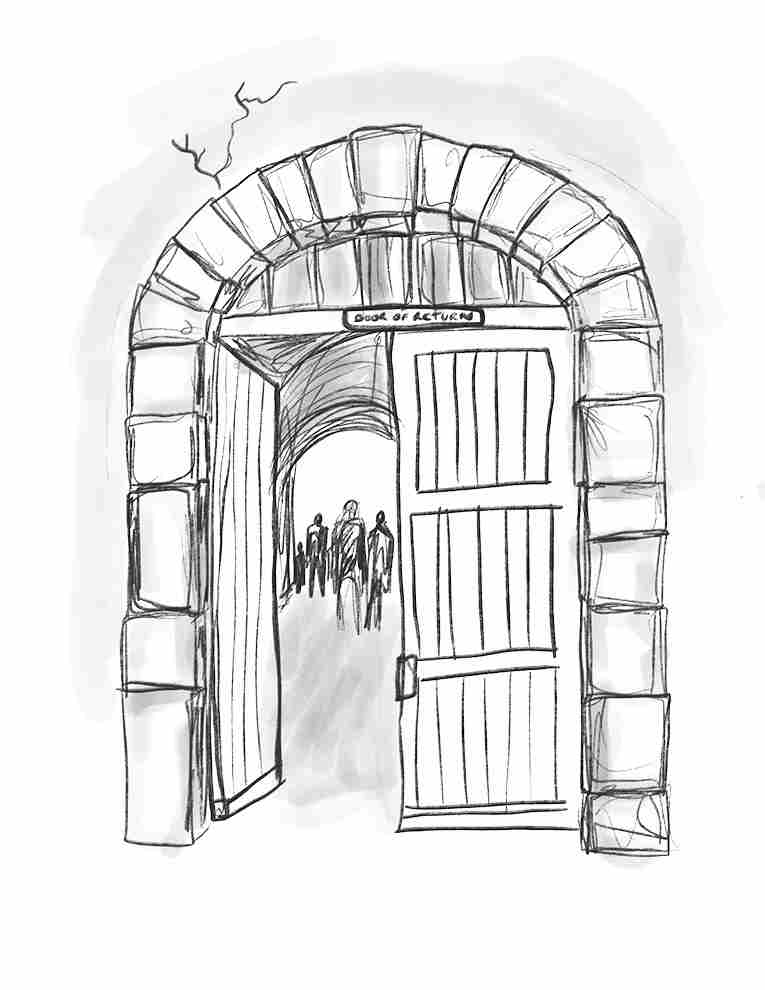
- 19 On August 1, 1834, Britain passed the Slavery Abolition Act, outlawing the owning, buying, and selling of humans as property throughout its colonies around the world. In practical terms, only slaves below the age of six were free. Former slaves over the age of six were redesignated as “apprentices,” and their servitude was gradually abolished over six years.